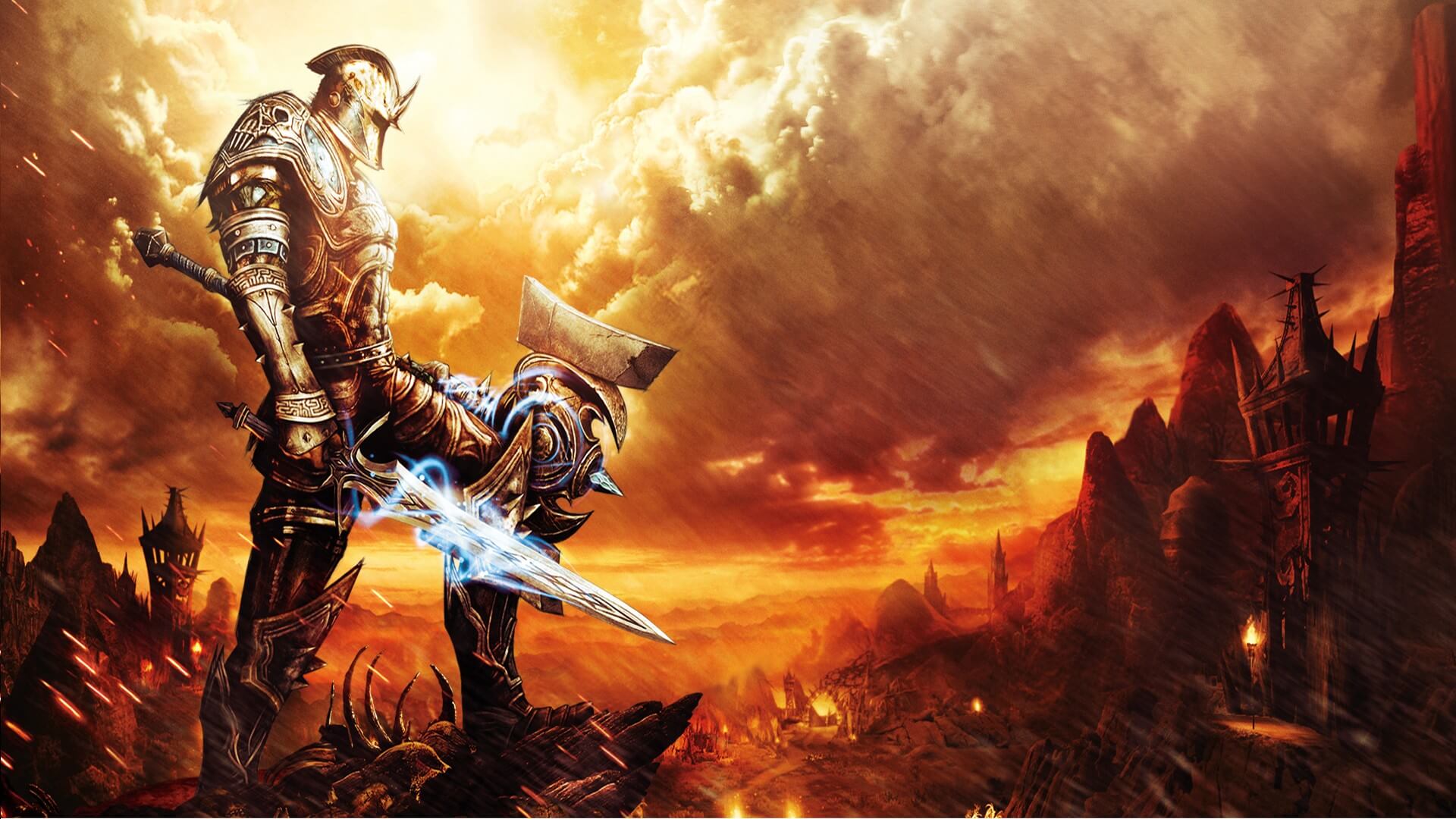38 Studios closed down in 2012 after a failure to repay a loan from Rhode Island by studio head and former MLB pitcher Curt Schilling. But in its brief time in the industry ii released one game: Kingdoms of Amalur: Reckoning. It might not be remembered by many, but I have dozens of fond memories about this game.
So I wanted to take a trip down memory lane and remember this fantastic title, looking at its flaws and perfections, shedding a tear for the fact that we will never get another game out of this studio.
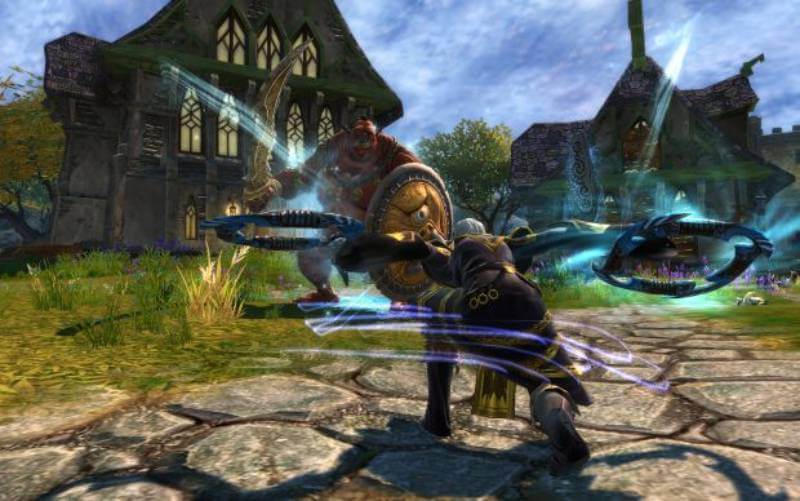
I remember seeing trailers and articles promoting the title and being strangely enticed by its clean visuals and more action focused combat. So when it finally hit store shelves on February 7, 2012, I dove in headfirst.
The premise is simple enough. A suspect of a magical race known as the Winter Fae have created a vicious race known as the Tuatha. And the war against them is being lost. When the game begins you have just died and then been mysteriously reborn thanks to a swirling column of magic known as the well of souls.
This sequence of events leads to you being detached from the threads of fate, letting you choose your own destiny in a world controlled by the idea of fate.
What this really means is that you are free to explore the mystical world of Amalur, taking any path you choose. The world is typical fantasy fair, with different races and tension between various factions.
The graphics were never the best on the market, but the clean style brought each new locale to life. The emerald green forests were overgrown and lost to the ages, with sunlight filtering in through the massive trees that hung overhead. The arid desert is walled in by masses of red rocks. It never struck me as the most imaginative design, but it was pretty enough to make racing from quest to quest less of a slog.
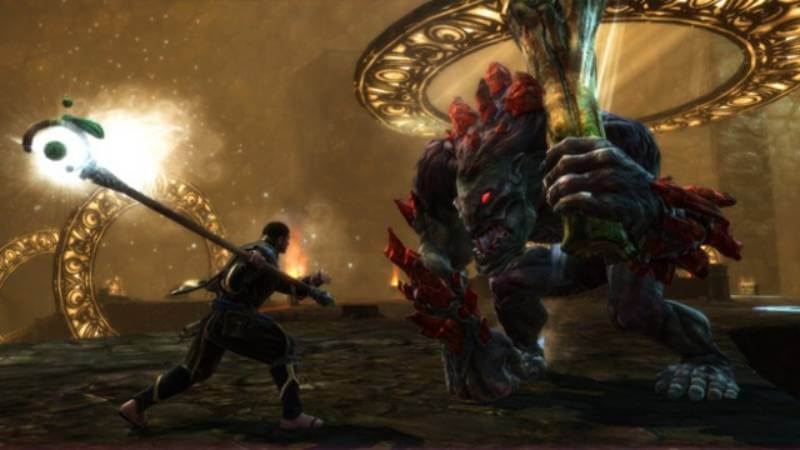
And Speaking of quests, the story never really grabbed me but the quests had plenty of unique choices to keep me on my toes. An early quest had me hunting down a Fae who has formed an allegiance with a horde of vicious spiders.
When I finally managed to track her down she gave me two choices: continue to fight against waves of arachnids or join her and destroy the town that had hired me to kill her. These choices are clearly black and white but each has sweeping effects on the way the world interacts with you.
The real star of the show, however, is combat. Yes, Kingdoms of Amalur is an RPG but the combat is purely action oriented. I prefer playing with faster weapons in my primary slots like daggers or chakrams and a heavy hitter in my secondary like a hammer or a staff. And then I flip and roll through areas, slowly chipping away at enemies and trying not to get torn to bits.
And as good as the combat is, the enemy variety is great enough that you need to memorize enemy patterns. Things get even more hectic when more than one type of enemy enters the fray and you’re juggling different resistances, attack speeds and patterns.
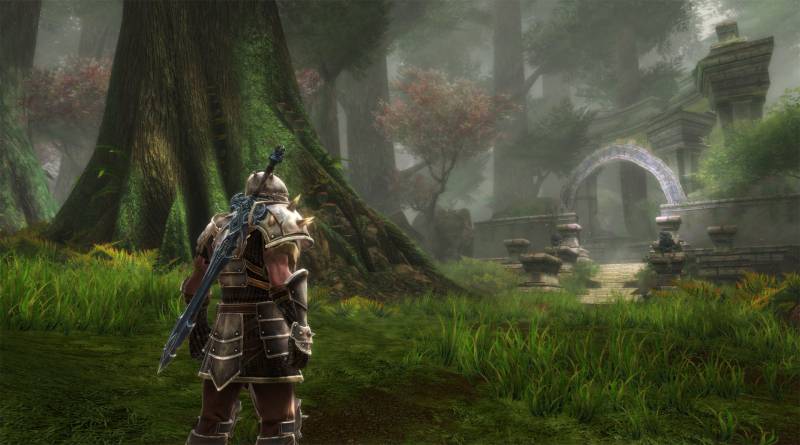
This may sound like a review three years too late, but I really just wanted to remember a bit about this game that was certainly overlooked when it was released. The closest thing I can compare it to is the Fable series with a better, deeper combat system. The choices don’t reach as far but the thing that hooked me wasn’t the world like I said, it was the combat.
The gameplay systems are more like those of an MMO without the other players, which is why it certainly stuck out like a sore thumb at the time. It had a uniquely different feel from other RPGs, while still conforming to some of the tropes that define the genre.
Gathering loot, crafting new, ferocious looking armor, deadlier weapons, seeing the most grotesque enemies the game has to offer, and feeling yourself become more powerful as you tick off abilities on the leveling trees. The sense of accomplishment is tangible, a weapon with three more damage points than the one you have equipped is visually more able, cleaving anything in two.
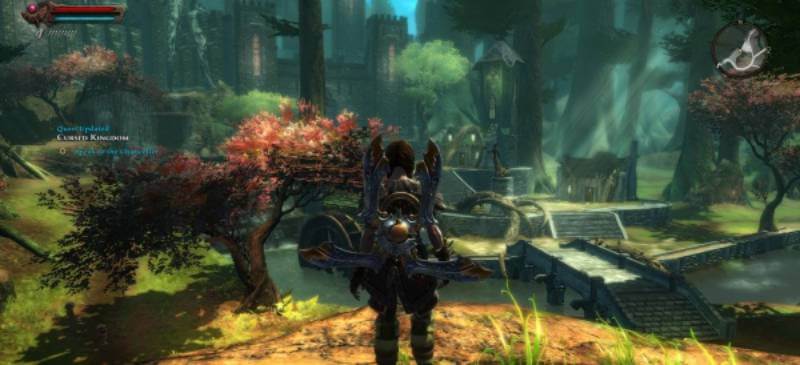
Working your way through fodder enemies like wolves and wood sprites isn’t the most exciting, but the moment a rock troll lumbers onto the screen you can tell that this particular enemy isn’t just going to roll over and die. Charging forward, feeling every strike sink into its target and effortlessly rolling out of dangers way all feels great.
I recently pick the game up again on Steam and spent most of my time just running around, picking up quests and sprinting towards the objectives, eager to enter more scraps and get better loot. In this way, the game has an appeal similar to Diablo. Getting new equipment from defeating increasingly difficult enemies is all part of the fun.
It’s a simple loop that can seemingly go on forever, presenting more terrifying enemies and offering better rewards for their defeat. The story and quests just serve as vehicles to get you to more combat scenarios.
Combat never wears thin thanks to the plethora of fighting styles at your disposal. Tired of fighting with a longsword and shield? Pick up a hefty hammer and bow and arrow combination to keep things fresh. Or, if you focus largely on melee abilities, switch over to magic and traps.
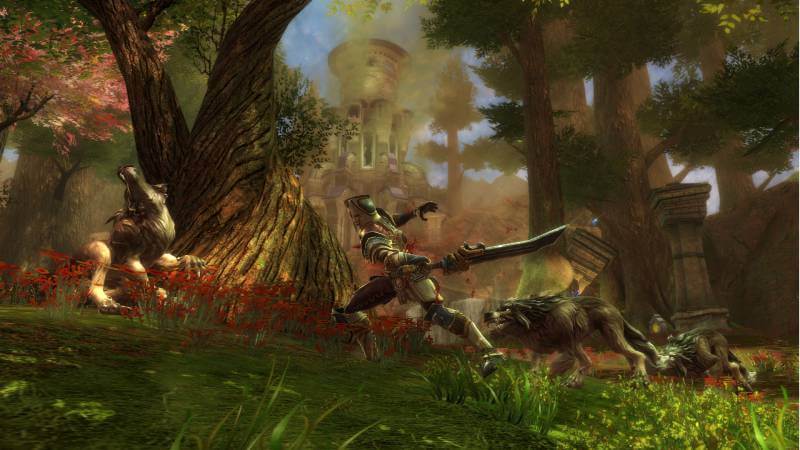
While these tropes are true for dozens of games in the RPG genre, Kingdoms of Amalur’s focus on action means that everything has a decidedly different feel to it regarding timing, damage, and range.
I probably put well over 50 hours into the game upon its initial release, and I’m sure I’ll put in at least another 20 now. It’s a game that I’ve thought a lot about in the past years, simply because its gameplay was strong enough to draw me back in. It saddens me to know that I will likely never see a sequel to this underappreciated gem, but the more people who can sink their teeth into it and enjoy it, the longer it will live on.

